| Know Your Arches2 Comments19 March 2018 Your arches are one of the most important parts of your feet. They are the spaces on the inner part of your feet and are one of the areas that are subjected to the most pressure. They make it possible for your feet to maintain your body weight and also shift the energy your feet absorb while walking, running, jumping and doing any sort of activity. Since they are such an important part of how your body works, it’s important that you get to know them as well as possible. Types of Foot ArchesIf you are experiencing unexplained foot pain, chances are you are suffering from either high or low foot arches. While low arches, often simply known as flat feet, are far more common than high arches, it's important to learn about both conditions and carefully consider what might be causing your foot arch pain.
High arches (also known as pes cavus) are when the arch of your foot is too high, which can be easily seen if your feet are shorter than normal and they are higher than they should be. This can cause pain in the ball and heel of your foot, and can cause strain on the arches. For some people with high arches, it can be difficult to find shoes that fit properly because of the changes to the shape of your foot it causes. High arches are most commonly caused by genetics, but they can also be caused by underlying conditions such as Charcot Marie Tooth disease and disorders such as cerebral palsy. Low arches (also known as flat feet or collapsed arches) are at the opposite end of the spectrum. When the arch is lower than it should be, this can cause overpronation, and lead to pain in the inside of your ankle, the foot arch, the outside of your foot, the calf and even the knee, hip and back. Low arches can be inherited genetically, come from an abnormality developed in the womb, or can develop later in life by a condition such arthritis, which affects the joints. Pronation and SupinationSome of the biggest problems high and low arches can cause are supination and pronation. Because of the different shapes of the arch, the foot can roll inwards or outwards more than it should. Pronation is the rolling of the foot inward as you walk or run. Since weight needs to shift to the big toe, which can take more than the smaller toes, pronation can be a perfectly normal part of how you move.
Low arches commonly cause overpronation: when the foot rolls too far inwards. This stretches tendons more than they should be, and can lead to a number of conditions, including:
High arches, on the other hand, can cause supination. This is the foot rolling outwards instead of inwards, and is not a normal part of walking or running. High arches often appear in combination with the following symptoms:
Measuring Your Arches: The Wet TestSo, how to know if you have flat feet? Fortunately, determining if there is something wrong with the position of your arches is extremely simple and can be done with a simple flat feet test in the comfort of your own home.
Check the footprint. If you can see the toes, ball, heel and outside of your foot, then your arches are probably OK. However, if you can see the entirety of the sole of your foot, then there’s a chance you have low arches. And conversely, if you can’t see any part of the middle of your foot, just the toes, balls and heel, then there’s a chance you might have high arches. What to Do If You Have Flat FeetIf you find that you may have high or low arches, you should visit a foot specialist who may suggest shoe insoles for your arches. By supporting the arch and more evenly distributing the weight and pressure of the foot, a shoe insole can help relieve the pain and discomfort a high or low arch can bring. If you’re interested in getting some shoe insoles to help with your high or low arches, head on over to Shoe Insoles and check out our specialised ranges, including Insoles for High Arches, Insoles for Collapsed Arches, Insoles for Overpronation and Insoles for Supination. Have you ever experienced high or low foot arches? Share your thoughts below or find us on Facebook and Twitter. |

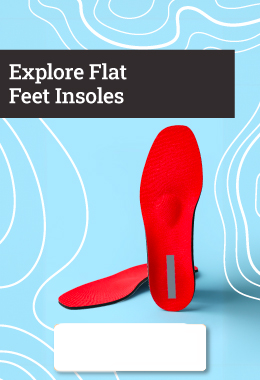
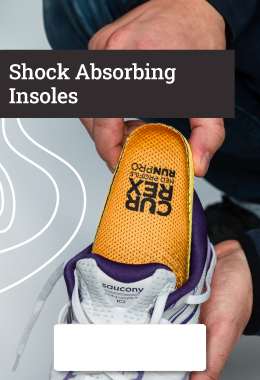
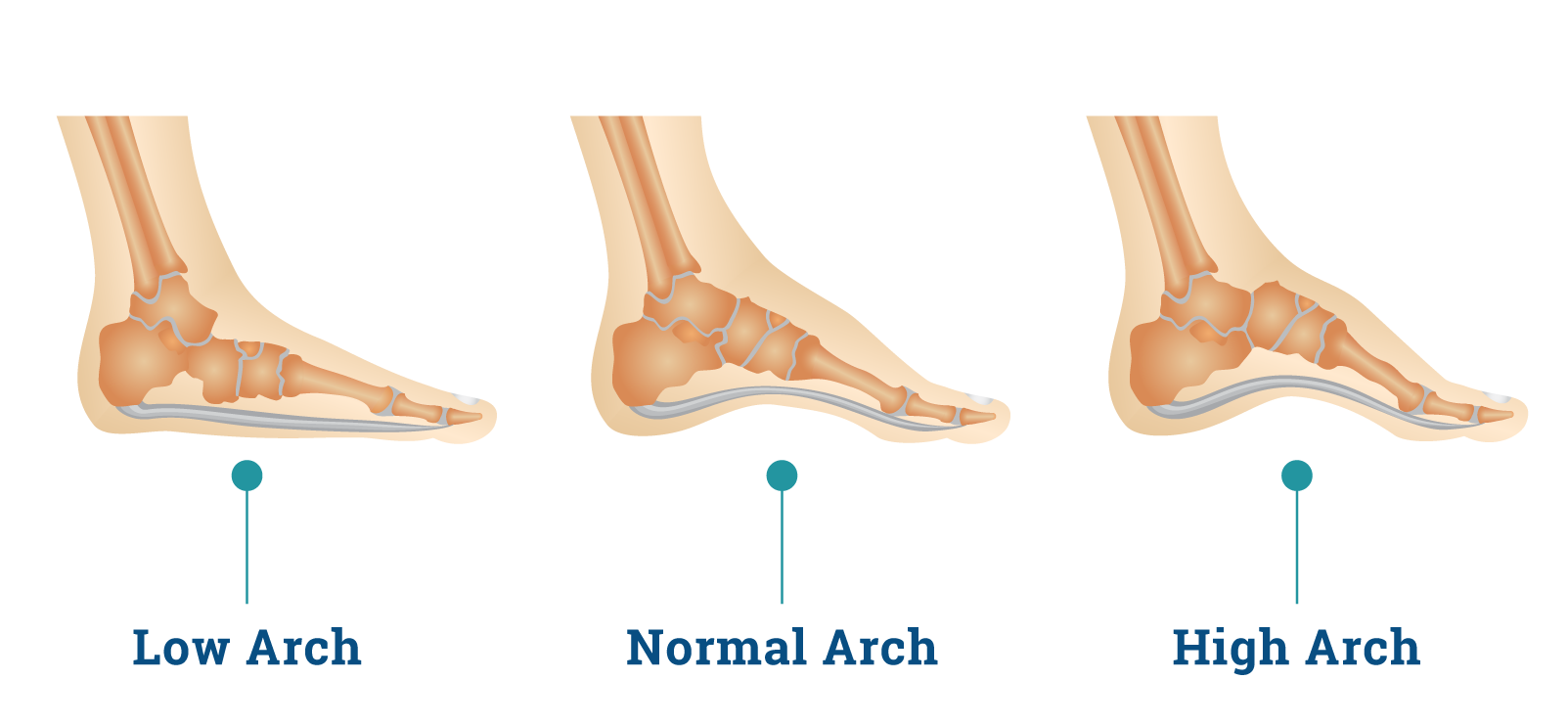
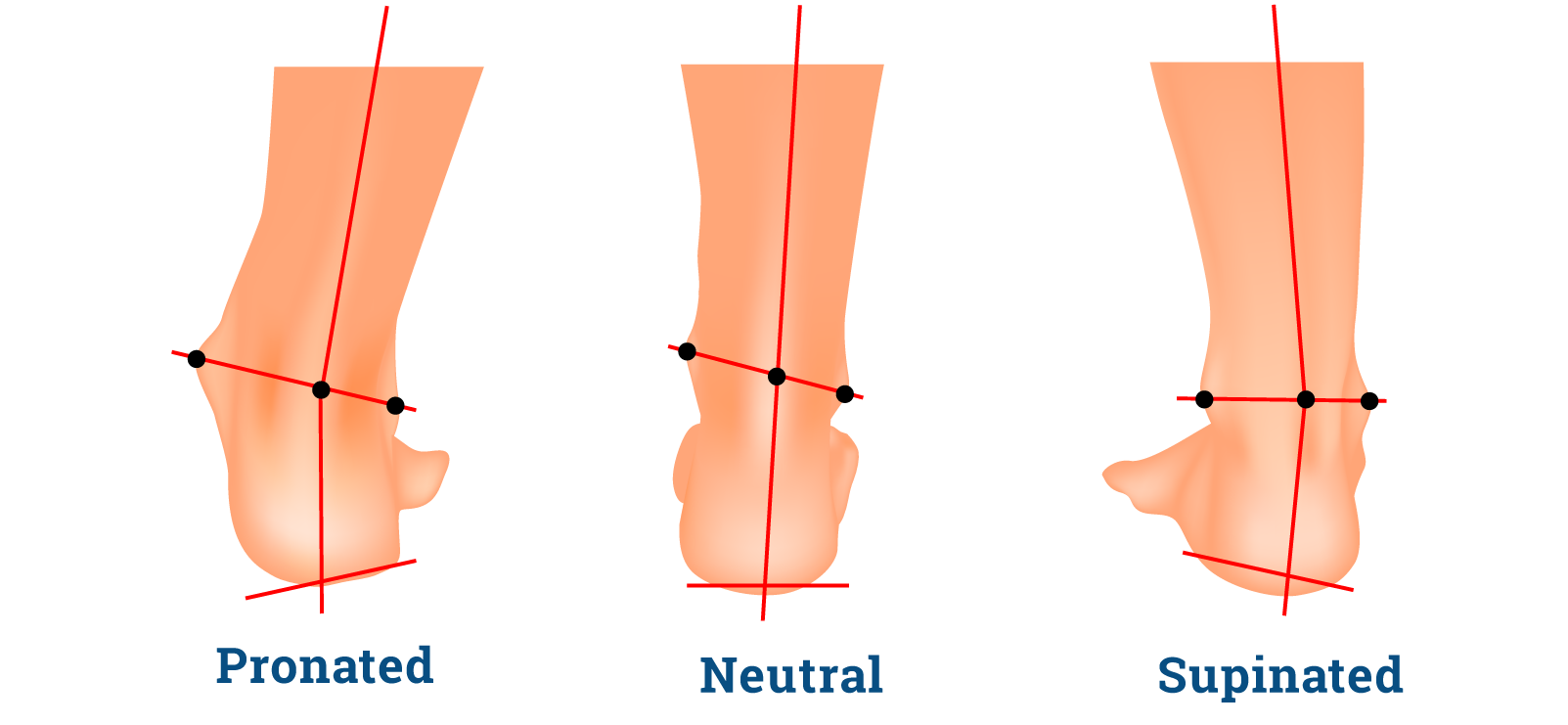
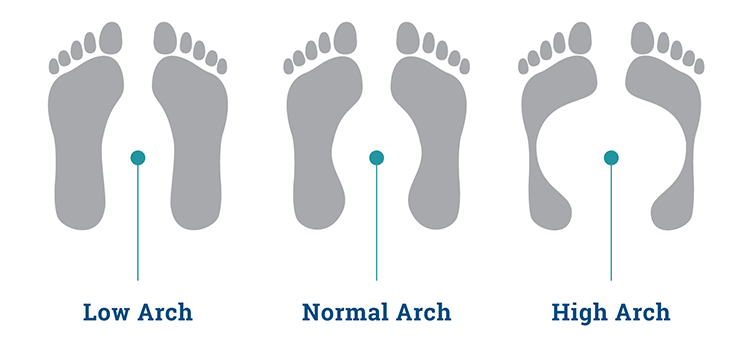








Perfect